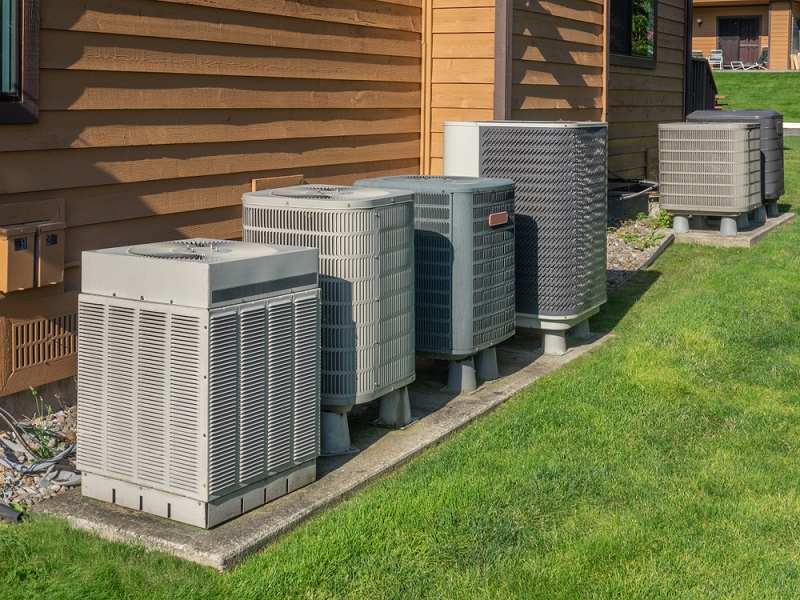Things you should know about Heating and Cooling system
Most of us consider heating and cooling standards. For the extreme summer months, you can install the window or the split system air conditioning that keeps your home or office cool.
The natural response is to contact expert service when the house is chilly in the winter or sweltering in the summer. Thankfully, there is another option. You may significantly save service expenses and keep your heating and cooling systems operating at peak performance by performing basic maintenance and simple repairs. But first, it's crucial to understand the fundamentals of heating and cooling systems.
The Operation of Heating and Cooling Systems
The three essential parts of any climate control device or system are a source of Heating and Cooling System, a method of distributing the air to the rooms being heated or cooled, and control utilized to govern the system. Any of these three fundamental parts could be the source of a heating or cooling system's dysfunction.
Heat always transfers from a warm object to a cooler one, just as water flows from a higher to a lower level, which is the basis for how heating and air conditioning function. Air conditioners remove heat from the air to cool down your home; furnaces and heaters add heat to the air to warm up your home. When you install the heating system during the cold, winter months, you can go for the hydronic heating systems that keep your room warm for a long time. It is non-toxic and it spreads evenly in all the rooms.

- Distribution System
The air in your home must be delivered to the various rooms once it has been warmed or cooled at the heat or cold source. The forced-air, gravity, or radiant systems described below can all be used to achieve this.
- Air Force Systems
An electrically driven fan called a blower drives air through a network of metal ducts and into the rooms of your home to disperse the heat or coolness produced by the furnace or central air conditioner.
You can change the system's settings to alter how much air moves through your house. The same forced-air system, including the blower, is used by central air conditioning systems to circulate cool air throughout the rooms and return warmer air to be cooled.
- Gravity Systems
The idea behind gravity systems is that hot air rises and cold air lowers. Therefore, it is impossible to distribute cool air from an air conditioner using gravity systems. The furnace is situated close to or below the floor in a gravity system. Through ductwork, the heated air rises and is distributed throughout the house through registers on the floor. They have the right ducted system and provides 95% heating efficiency.
Heat registers are typically installed high up on the walls if the furnace is on the home's main floor since they must always be higher than the furnace. Warm air rises in the direction of the ceiling. As it cools, the air sinks travel through the return air ducts and then return to the furnace, where it will be reheated.
- Atomic Systems
Radiant systems work by warming a room's walls, floors, or ceiling, or, more frequently, by warming the radiators inside the space.
These panels, like gravity wall heaters, are typically installed in warm climes or areas with reasonably priced electricity. Cool air from an air conditioner cannot be distributed via radiant systems.
Conclusion
This article is based on heating and cooling systems. If you are new to it, this article is for you. You can check out the branded heating and cooling systems from online portals now, and find out the best features and advantages, check out the price and then buy the systems.








No comments :
Note: Only a member of this blog may post a comment.